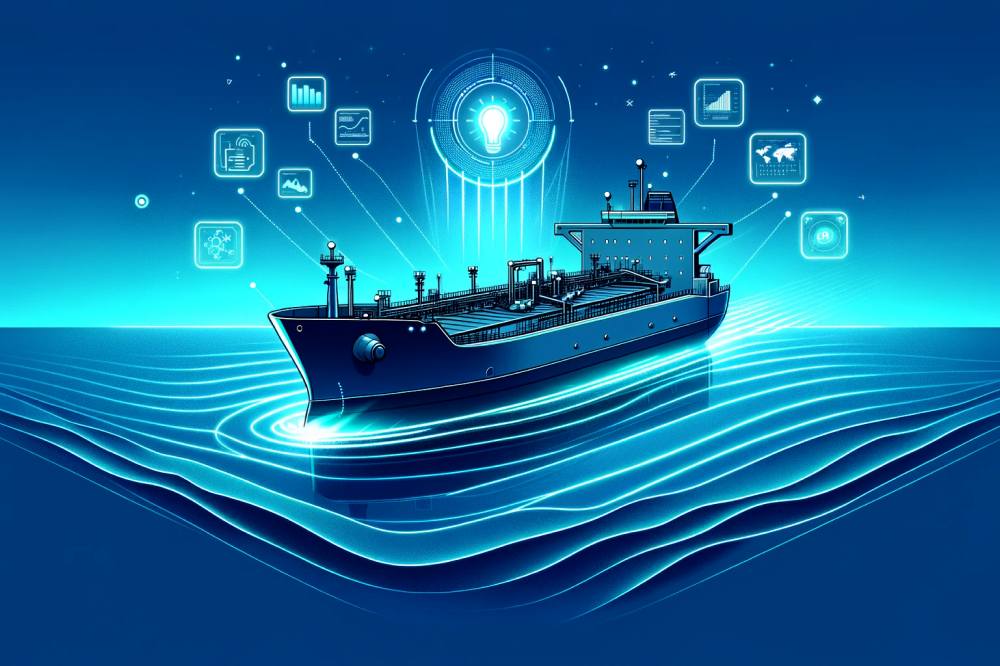
The 3 D's in Shipping
Currently international shipping is a 3D industry: decarbonisation, digitalisation and diversification. You probably knew that already.
But did you know that digitalisation most likely will play a major role to reach the goals set for decarbonisation?
This is one of the conclusions in a new report published by the Maritime Oslofjord Alliance, where Maritime Optima is an active member. The report is titled “Energy transition in shipping – facts and timeline”.
International shipping accounts for less than 3% of total greenhouse gas emissions (GHG), carrying some 90% of world trade, so it’s fair to say that shipping is still the most environmentally friendly mode of transport. However, pressure is mounting on shipowners to take action to ensure compliance for their existing fleets with EEXI and CII requirements, effective on 1 January 2023, that are intended to meet the IMO’s initial goal to cut the carbon intensity of shipping by 40% within 2030 and halve emissions by 2050.
These rules are set to become progressively tighter over time, with the IMO strategy due for revision next year, and are set to affect the commercial value and life of existing tonnage if not complied with. IMO is the International Maritime Organisation, a UN body, based in London.
Operational and technical measures are the most viable route to emissions compliance for the existing fleet of tankers, bulkers and container ships as many of these are unsuitable for low-carbon fuel conversions that can also pose commercial and other risks. These segments account for about 80% of GHG from the world fleet of around 94,000 vessels as they have the largest ships that consume the most fuel. Some 19,000 vessels of more than 25,000 gross registered tons, or 21% of the global fleet, consume 65% of all fuel used in shipping.
Resolving the GHG emissions in the larger vessel segments will have an immediate and larger impact on the total emissions than any other shipping segment.
Aside from the limited scope for retrofitting the existing tonnage, the report highlights drawbacks with fuel conversions related to cost, regulatory compliance, energy density and fuel tank space requirements that can negatively affect commercial operations and economics. The report also points out that alternative fuels such as biofuel, hydrogen and ammonia have a lower energy density than conventional fossil fuels, thus requiring more space onboard for larger fuel tanks.
Most existing ships will have to find applicable ways and means to reduce emissions, based on tangible technical and operational measures. It boils down to the reduction of energy and fuel consumption. This can be achieved by reduced speed, technical modifications, and by imposing other operational measures, including use of drop-in biofuel/eFuel when becoming available.
If used correctly, digitalisation in vessel operations can provide significant benefits in terms of fuel optimisation. Maximized energy utilisation for ships can be achieved by means of voyage planning and weather routing for transits, including features like pre-plan & compare, sea route planning, bunkering & ECA zones, and AIS analysis.
Decarbonisation and complex decision making is all about data, smart software technology, the users knowledge - and how to make the best out of it. That’s what Maritime Optima aim to build and distribute.
Create a free user account in ShipAtlas and combine data, smart software and your knowledge to improve your decision making.















